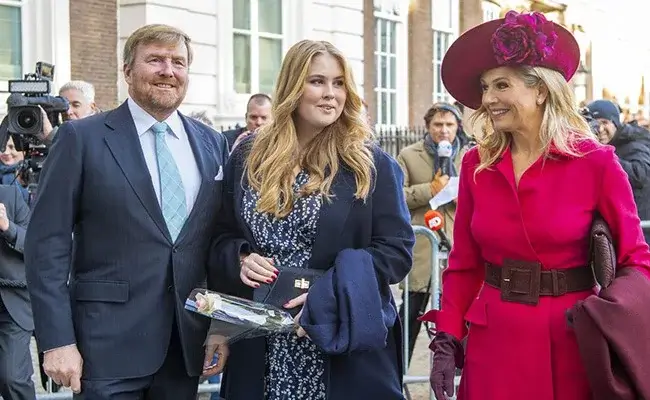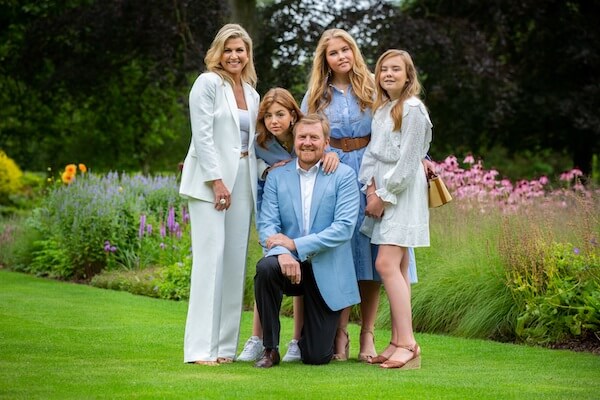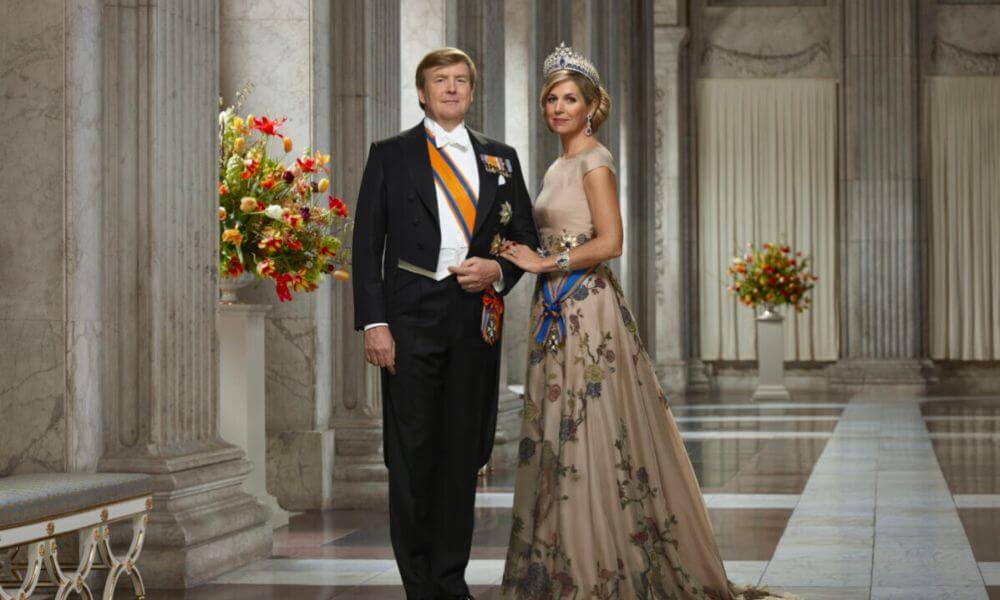While the Netherlands is frequently depicted as the poster child of modern liberal democracy, it is actually a constitutional monarchy rather than a republic. The Dutch Royal family, like most another contemporary European monarchy, has some privileges but is not directly involved in governing and primarily serves as a figurehead for the state. Surprisingly, the Netherlands did not always have a monarchy and only became a kingdom in the nineteenth century.

Since the Medieval period, the region known as the Netherlands has been partitioned, re-established, renamed, and annexed several times, with each subsequent change bringing a new system of administration (more-or-less). Between 1581 through 1795, the earliest independent Dutch state was a federal republic comprised of seven self-governing provinces. The Dutch Republic, as it was known, lacked an official monarchy but was nonetheless partially ruled by stewards known as Stadtholders, who were always recruited from the aristocracy, notably the Houses of Orange or Nassau. Although these individuals were technically chosen, they became Stadtholders through inheritance and stayed in office until their deaths.
The Dutch Republic fell in the early nineteenth century and was replaced by another government known as the Batavian Republic, which was defeated in 1806 by the French Empire under Napoleon Bonaparte, who later turned the Netherlands into a puppet state known as the Kingdom of Holland. Napoleon permitted his brother Louis to reign as King of Holland for four years before regaining control and incorporating the kingdom into the French Empire.

Following the collapse of the French Empire in 1815, Willem Frederik, Prince of Orange-Nassau – whose ancestors ruled as Stadtholders in the Dutch Republic – proclaimed himself the first king of the Netherlands, then ratified a new constitution that defined his powers and reformed the Dutch government under a two-house parliamentary system a year later. Over time, the Dutch government grew far more powerful than the monarchy, gradually but steadily limiting the King’s or Queen’s political authority. Despite this, the Netherlands maintained its constitutional monarchy.

Since Willem Frederik (Willem I) established himself as king in the nineteenth century, the line of succession in the Netherlands has been passed down through the family of Orange-Nassau. In recent years, it has become customary for Dutch kings to relinquish the throne before their deaths, allowing a younger king or queen to take their place. This custom originated in the mid-twentieth century, when Queen Wilhelmina freely handed over the crown to her daughter Julianna, who abdicated 32 years later. After his mother, Queen Beatrix, stepped down in 2013, the current monarch, King Willem-Alexander, also acquired his title.
Apart from attending national holidays and other official rituals, the Dutch royal family nowadays prefers to remain out of the spotlight. In reality, King Willem-Alexander revealed to the public in 2017 that he’d been flying planes as a co-pilot for KLM for almost two decades without anybody noticing, and considered the work as a pleasant hobby.

Great information. Lucky me I found your blog by chance (stumbleupon). I have saved as a favorite for later!